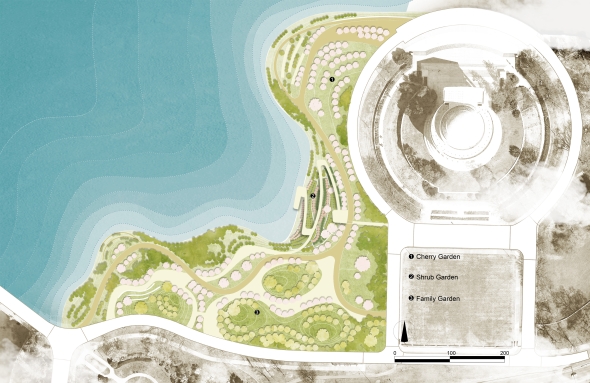Seeds & Weeds: The Knotty Natures of Botanic Gardens
This studio focused on botanic gardens – their histories, their variety, their missions as institutions, and how those missions continue to adapt to reflect current social and environmental interests and values, especially as they relate to biodiversity conservation and climate change.
Botanic gardens combine the science of botany and the art of display to educate the public about plants and thus are a useful lens through which to see our changing relationship to nature vis-à-vis plants and plant collections, as well as their representations. Given that botanic gardens have always been experimental by nature, this studio asked students to consider what “new natures” and people-plant relations are being materialized in botanic gardens today. Key terms at the root of this type of garden—colonization, classification, cultivation, and collection—were discussed, providing the foundation for students to develop proposals for a botanic garden in the context of the nation’s capital: Washington D.C. Students chose to work in one of two areas: within and adjacent to the National Mall, which is the site of United States Botanic Garden, or within the US National Arboretum.













